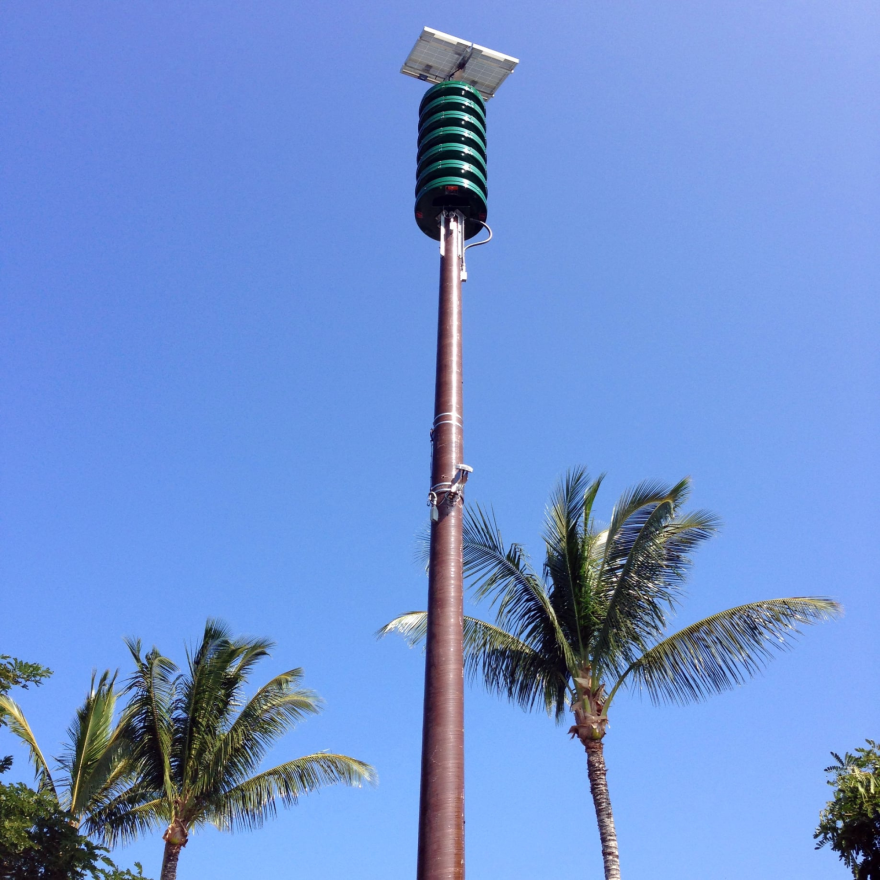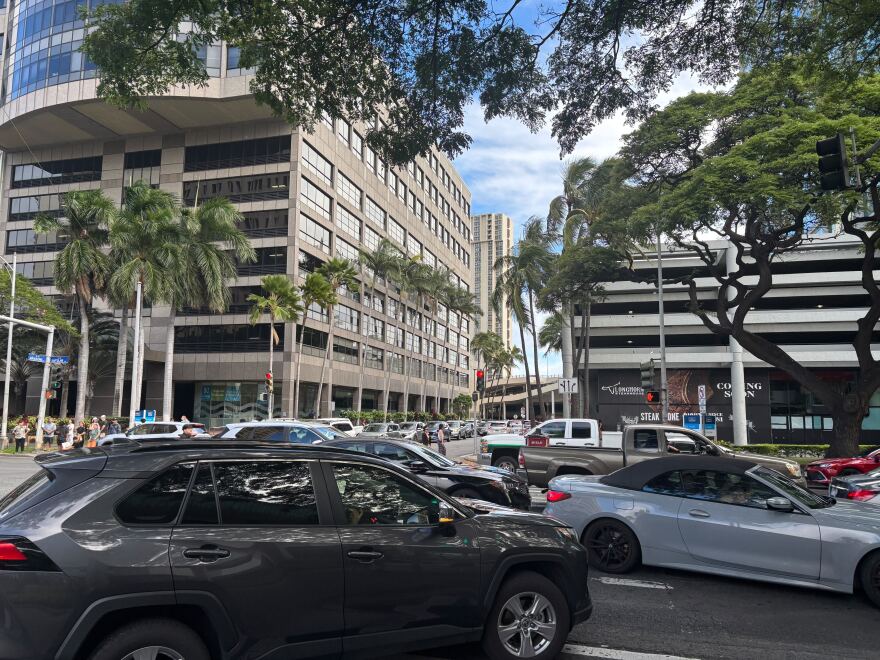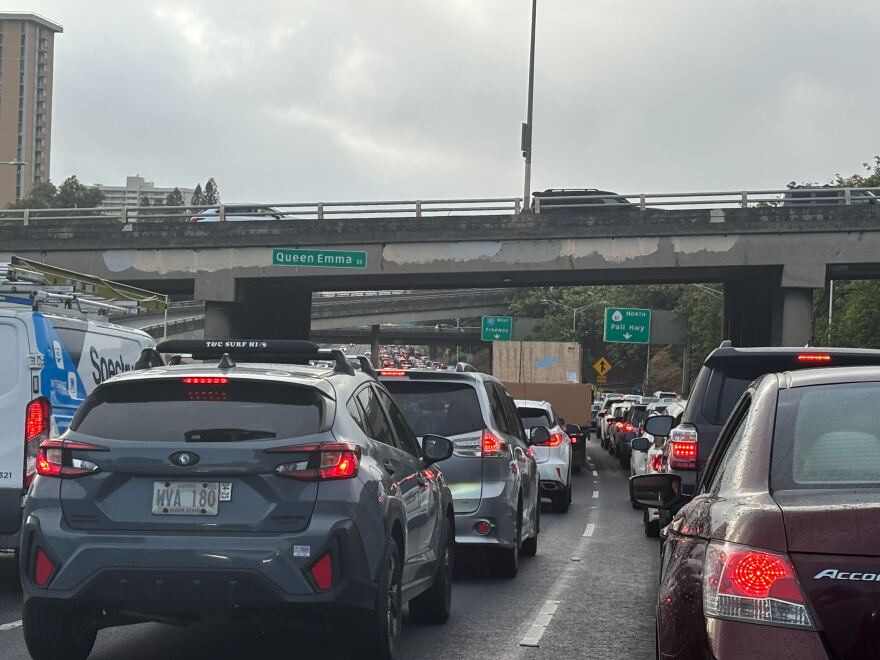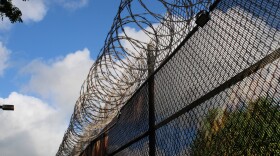A powerful earthquake that struck off the coast of Russia generated tsunami warnings and advisories for a broad section of the Pacific, including Alaska, Hawaiʻi and the U.S. West Coast.
The quake registered a magnitude of 8.8 and was centered off the coast of the Kamchatka Peninsula, according to the U.S. Geological Survey. The temblor struck early Wednesday local time, which was still Tuesday in the U.S.
Here's what to know about tsunamis and their warnings as one heads our way:
What is a tsunami?
Tsunamis are waves triggered by earthquakes, underwater volcanic eruptions and submarine landslides. After an underwater earthquake, the seafloor rises and drops, which lifts water up and down. The energy from this pushes sea water that transfers to waves.
Many people think of tsunamis as one wave. But they are typically multiple waves that rush ashore like a fast-rising tide.
Some tsunamis are small and don't cause damage. Others can cause massive destruction.
According to the Hawaiʻi Emergency Management Agency, it can be difficult to predict a tsunami. They can also strike year-round and at any time of the day or night.
How long does it take for tsunamis to arrive?
It depends on how far the epicenter of the earthquake is from a coastal area. It could take just minutes for waves to hit land next to the site of a major quake. It could take hours for tsunamis to cross the Pacific Ocean.
The speed of tsunami waves also depends on ocean depth. They travel faster over deep water and slow down in shallow water.

What effects were noticed?
The Japan Meteorological Agency said a tsunami measuring 1.3 feet was detected in Tokachi, on the southern coast of Hokkaido, the northernmost of the country's main islands.
In Alaska, the National Tsunami Warning Center estimated wave heights could reach 3 feet to 5.6 feet at Shemya and up to 2.5 feet at Adak, which has about 70 people and is the southern-most community in Alaska. Some waves have likely already hit Alaska's remote far western islands but weren't expected to reach Cold Bay until 8 p.m. local time.
A tsunami warning was issued for Hawaiʻi on Tuesday and then downgraded to an advisory later in the evening.
Much of the Pacific coast of North America spanning from British Columbia in Canada to down the U.S. West Coast and into Mexico was under a tsunami advisory.

What to keep in mind after a Tsunami event?
Tsunamis come in multiple waves over a period of time. Those who have evacuated their homes should return after authorities say it is safe to do so — as there could be hazards and debris in certain areas.
Roads may also still need to be clear for rescue and recovery efforts, following a tsunami.
For the latest tsunami information, click here.





